This article was originally published by Charles Hugh Smith at Of Two Minds Blog.
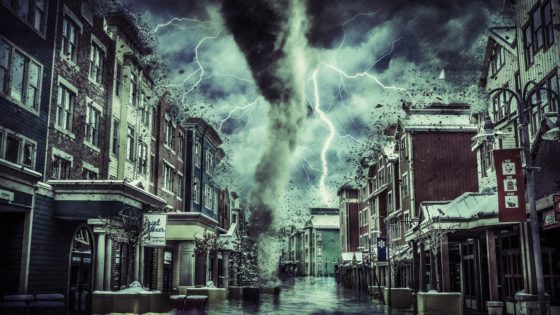
Maintaining the illusion of confidence, permanence and stability serves the interests of those benefiting from the bubbles and those who prefer the safety of the herd, even as the herd thunders toward the precipice.
The misconception that collapse is an all or nothing phenomenon is common: Either the system rights itself with a bit of money-printing and rah-rah or it collapses into post-industrial ruin and gangs are battling over the last stash of canned beans.
Neither scenario considers the fragility and resilience of the socio-economic system as a whole. It is both far more fragile than the believers in the permanence of the waste is growth model grasp and more resilient than the complete collapse prognosticators grasp.
The recent relatively mild logjams in global supply chains of essentials are mere glimpses of precariously fragile delivery-supply systems. These can be understood as bottlenecks that only insiders see, or as unstable nodes through which all the economy’s connections run. Put another way, the economy’s as a network appears decentralized and robust, but this illusion vanishes when we consider how the entire economy rests on a few unstable nodes.
One such node is the delivery of gasoline and fuels. It’s such an efficient and reliable system that 99.9% of us take it for granted: there will always be plenty of gasoline at every station, the tanks of jet fuel will always be topped off, and so on.
The 0.1% know that this system, once disrupted, would knock over dominoes all through the economy.
Hyper-efficiency and hyper-globalization has reduced the number of producers of essentials to the point that disruptions cannot be overcome with redundant sources. We see this everywhere in the global economy: a handful of plants and companies (sometimes a single source of essential components) process or manufacture essential components in much larger systems.
This is how you end up with thousands of newly manufactured vehicles parked in lots awaiting one critical part that is in short supply.
Another key weakness is the entire system’s reliance on debt, leverage, and speculation. Few seem to understand that physical production and delivery systems can grind to a halt for financial reasons–for example, lines of credit being pulled, a counterparty to some arcane commodity swap goes under, taking the presumably solvent corporation down with it, and so on.
The more debt that’s been piled up, the greater the instability of the entire system. Risk always appears low until the system destabilizes, and then all the hedges fail and risk breaks out, flooding through the entire financial system.
Leverage is great fun on the way up, as it magnifies gains. Since the Federal Reserve implicitly guarantees that “buy the dip” will generate massive gains, why not ramp up leverage ten-fold to maximize those Fed-guaranteed gains?
Leverage is less fun on the way down. When the underlying collateral has shrunk to 20% of the leveraged bets being made, a 21% decline in the asset wipes out all the collateral holding up the palace of leveraged debt.
The Fed can print money but it can’t create collateral, nor can it make insolvent entities solvent. All the Fed can do is increase the debt and leverage, which is not the solution, it’s the problem.
Speculation is also inherently unstable, as the euphoric herd, once startled, turns in panic and stampeded in fear. Markets which appeared liquid–i.e., sellers could count on someone buying as many millions of shares as they desired to sell–become illiquid, as buyers vanish like mist in Death Valley. With buyers gone, prices plummet to levels the herd reckoned “impossible” just days before.
The Fed’s entire strategy in the 21st century has been to inflate asset bubbles that generate the illusion of wealth–the so-called wealth effect which is presumed to inspire voracious borrowing and spending.
Unfortunately for the Fed, most of the gains flowed to the top 0.1%, and an economy based on a handful of billionaires buying super-yachts and spaceships is a line of dominoes awaiting the inevitable “accident.” So there are two systemic problems with relying on asset bubbles to generate “wealth”: 1) since 90% of the assets are owned by a thin slice of the populace, bubbles increase destabilizing inequality, and 2) bubbles are intrinsically unstable. So the U.S. economy, dependent on the Fed for the “juice” of monetary stimulus, is now dependent on incredibly unstable bubbles in assets, debt, and leverage, bubbles which have generated extremes of wealth/income inequality that are destabilizing the social and political orders.
As the three charts below illustrate, the fragility and instability are well hidden until it’s too late: bubbles, debt, leverage, budgets, and revenues can only click higher because the system breaks down if there is any sustained decline (the rising wedge model of breakdown). Once the subsystems fail, there’s no putting the eggshell back together.
The second chart depicts how buffers thin beneath the surface, masking the systemic fragility. The loss of redundancy, the decay of maintenance, the loss of experienced workers–all of these are hidden from public view until the system breaks down.
The third chart tracks the S-curve of expansion, confidence, complacency, delusion, and collapse followed by human systems, from nations to empires to corporations: as the buffers thin and the rising wedge reaches an apex of vulnerability, the leadership evinces delusional confidence in the permanence and stability of increasingly fragile, unstable systems.
Maintaining the illusion of confidence, permanence and stability serves the interests of those benefiting from the bubbles and those who prefer the safety of the herd, even as the herd thunders toward the precipice.
This is how breakdowns in apparently stable subsystems triggers the fall of dominoes throughout the larger system, leading to a collapse that was widely viewed as “impossible.” Such is the power of complacency and delusion.
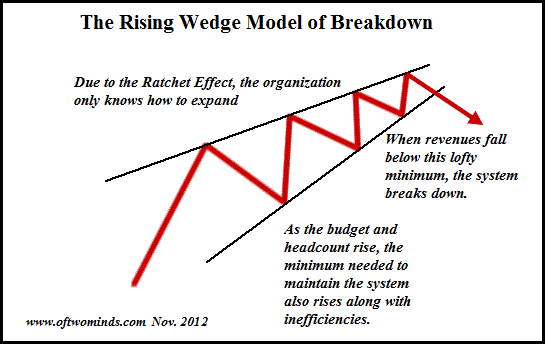
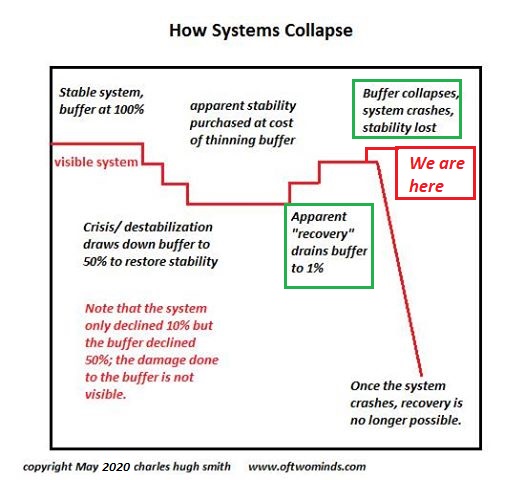
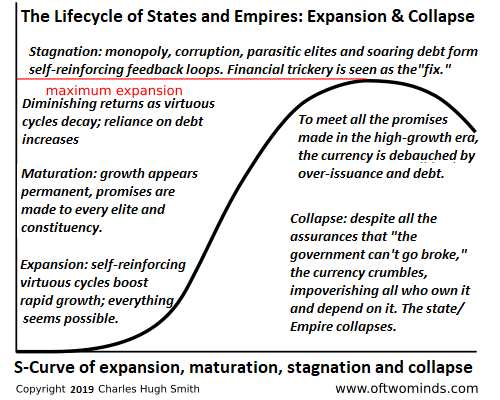
If you found value in this content, please join me in seeking solutions by becoming a $1/month patron of my work via patreon.com.


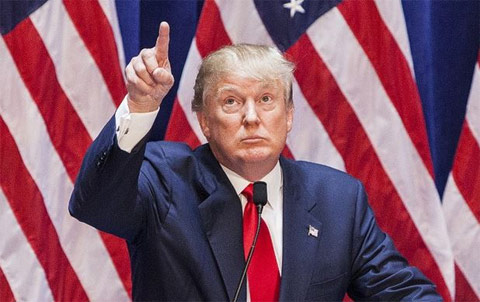



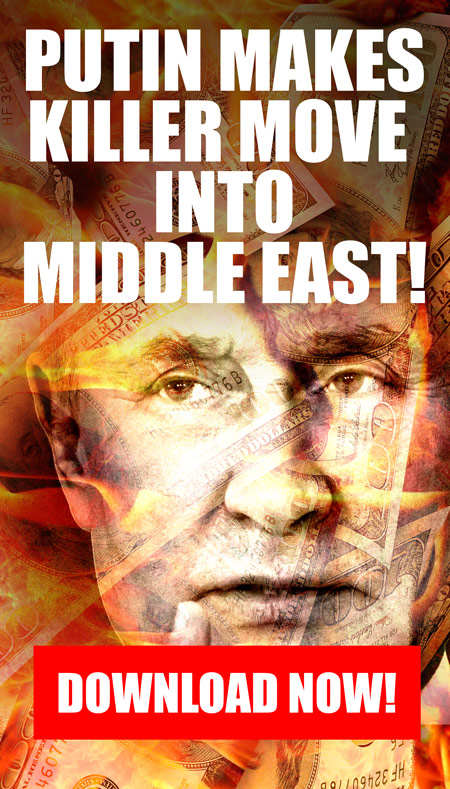


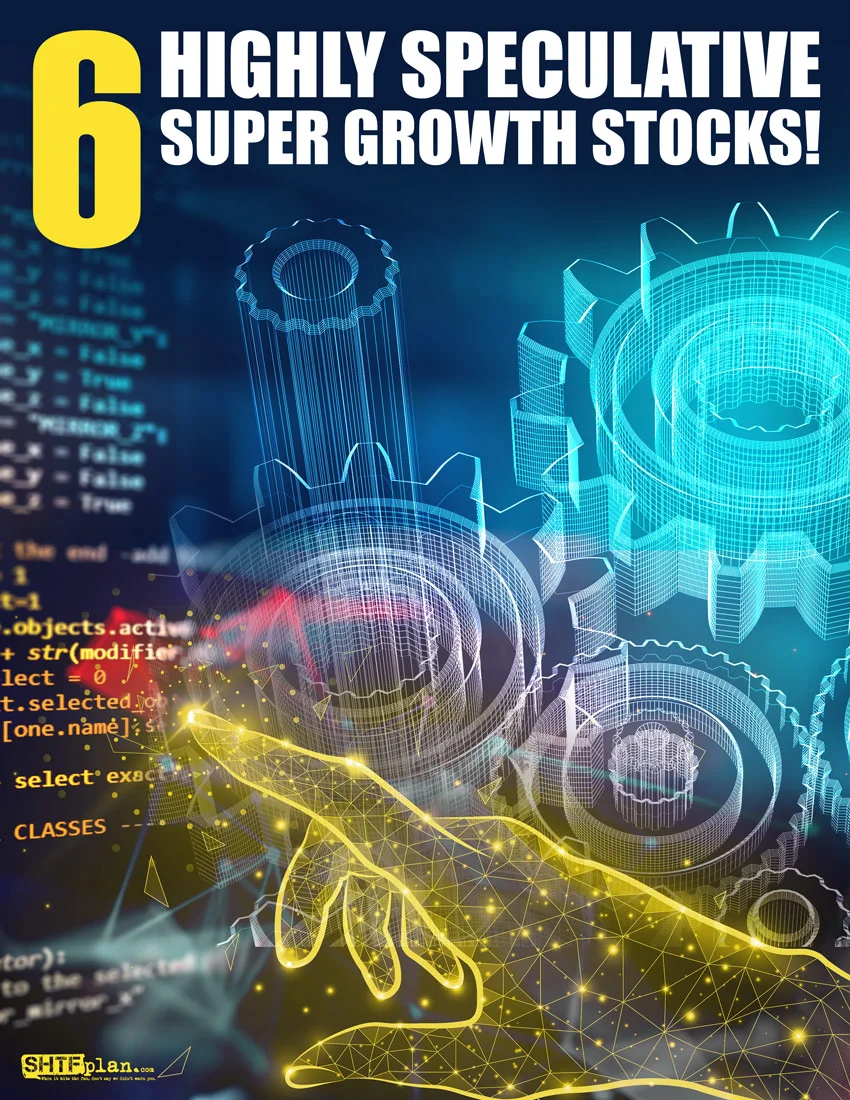
crypto
The 99%, in my neck of the woods, could star in the old Mark Dice gags, that offered people a choice between candybar, soda, dollar bill or precious metal coin. The discussion basically stopped at what they would accept as a free gift, out of the blue.
Did they have anything of value to offer, in-kind?
Crypto is derivative of mainstream markets and relies on their infrastructure. It is fungible, in your community of interest — usually, for frn’s.
The first chart can also be called “The Triangle of Doom” (Steve Ludlum) when applied to the price of crude oil. When the red line tops out, that is when the price is too high for the consumer and the economy stalls out. When the red line bottoms out, the price is too low for the oil producer and he stops exploration and reduces CAPEX, or may go bankrupt. At the last drop of the red line, the price stays too low for the producers and the lack of exploration causes oilfield depletion, then shortages, and then the supply lines collapse.
There can be no degrowth. The system of debt plus usury requires constant growth or it collapses. Constant growth requires constantly more and more supplies of oil…not steady…not less.
Mad Max is on the way. You won’t see it until it’s too late. Billions will be liquidated in the collapse. Try not to be one of them. Get your assless chaps conditioned now and the tires on the sand rail pumped up.
Most people never anticipate, or even recognize, the degree of change taking place around them until after it has happened.
That’s why “How could we (or they) ever have let this happen?” seems to be such a common question after every major negative development.
Two points:
Most folks are working hard to meet the bills and put food on the table to see or understand what’s going on.
Most folks live in a normalcy world – It can’t happen here!
There are no outward signs of productive labor, and the “essential” “workers” spend more time shopping than at their fake, unskilled, sinecure, seat warmer jobs. Since collective, national resources have to be sold, in order to pay for you, you have a flimsy concept of private property and survivalism.
Blast from the past. “Old Guy” use to frequently comment & his admonition that “THERE ARE TOO FEW MAKERS & too many takers” holds true. The decay of our society into a NANNY STATE where personal responsibility & big-daddy govt. will take care of me & my 10 kids prevailed. Pretty soon “political correctness” and the nanny state will be irrelevant. The MAD MAX world will be fun for no human.